I don’t imagine that when most people think of China their first thought is wine. Yet China is the world’s fifteenth largest producer and has a history of winemaking dating back millennia. The country’s modern winemaking era began as far back as the late 19th century but really took off towards the end of the 20th century.
Over 30 years on, one of the main reasons we don’t know more about Chinese wine is that traditionally a lot of it has been drunk locally. That and the fact that the quality-to-price ratio hasn’t been particularly attractive to export markets. The wines we do tend to hear about are those from the more famous winemaking regions of Shandong, Hebei, Ningxia and, to a lesser extent, Yunnan.
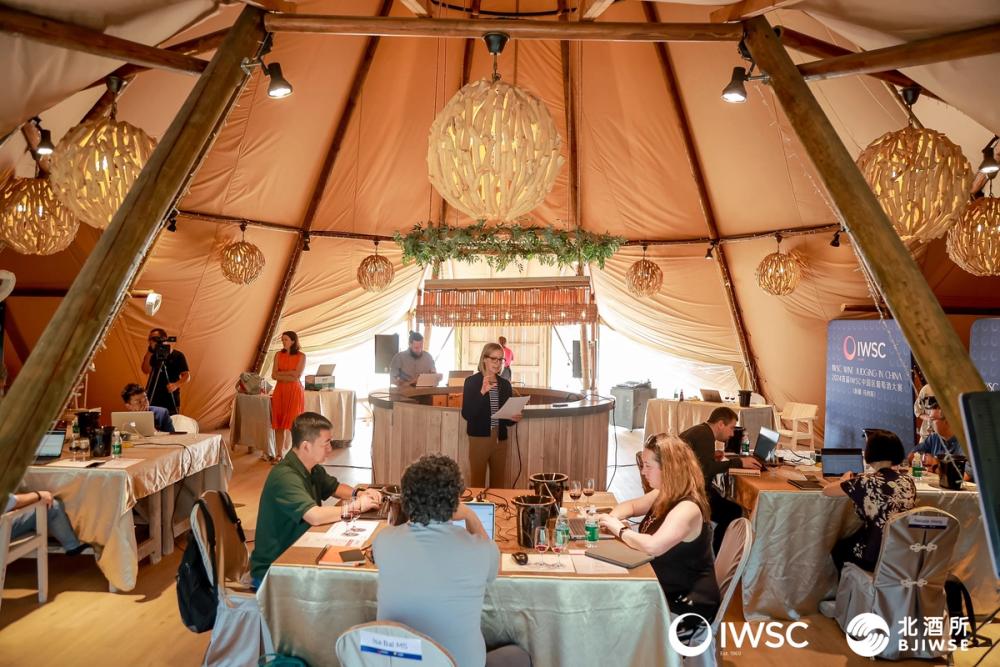
Susie Barrie helps set the scene for the IWSC judges in the elaborate and rather more unusual judging - tent!
To be invited to the far northwest region of Xinjiang to oversee the panels of UK experts sent by the IWSC as part of their global judging programme was therefore an opportunity not to be missed.
The IWSC’s global judging was the inspired idea of chief executive, Christelle Guibert who, for this first year in China, put together a terrific team of judges including: Isa Bal MS (owner and sommelier at Trivet Restaurant), Will Hill (wine buying director at Novel Wines); Beth Kelly MW (buying manager at Majestic); Antony Moss MW (freelance consultant), Dror Nativ MW (senior wine buyer at Marks & Spencer), and Igor Sotrik (wine buyer and head sommelier for China Tang at the Dorchester).
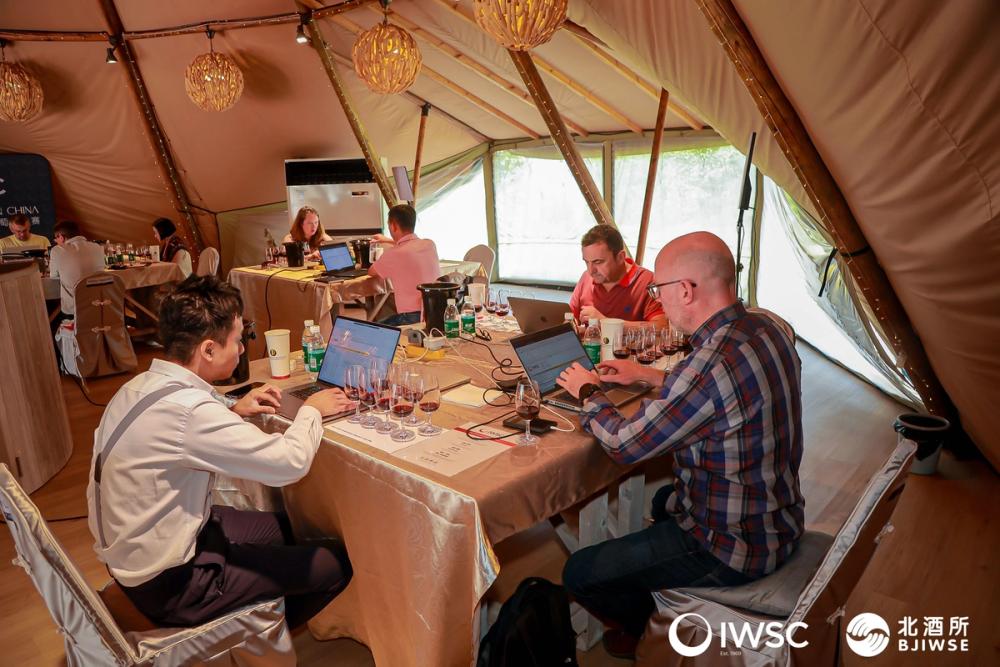
Given most of us had never been to China before, let alone Xinjiang, we were extremely fortunate to be joined by local judges Li, Demei (director of the Food Science and Technology College at Beijing University of Agriculture, consultant, and one of the most respected wine authorities in China), Li, Derek (a Hong Kong-based sommelier), and Natalie Wang (editor of Vino Joy News). Our hosts were the BJIWSE (Beijing International Wine and Spirit Exchange) in association with Changji State in the Tianshan Mountain region.
To the test
In total 260 wines were tasted, over 40% of which were from Xinjiang. The vast majority were red, though we had around 50 whites, three rosés, and a couple of orange wines. We awarded 15 golds, 57 silvers and 124 bronzes.
In spite of the number of entries from Xinjiang, the region took just three of the golds, with Ningxia, Shandong and Hebei performing particularly well in relation to the number of wines submitted from each.
The feeling of the panels towards the wines that did less well was that this was largely down to heavy-handed use of oak, extremely high alcohol, and occasional oxidation.
“Less alcohol, less oak!” was how Will Hill described what he’d like to see, while Anthony Moss felt there were “still a worrying number of faulty wines”. On a positive note, Moss also felt “there were some wines that were truly excellent”.
The wines that did well were often (though not always) big and bold, but crucially they were balanced. No-one minds a 15% wine if it’s harmonious and you find yourself reaching for a second glass. This was the case for several of our gold medal-winning wines which were gloriously hedonistic and utterly compelling.
The strongest categories were Cabernet and Cabernet blends, with our two top-scoring reds both Cabernet and Merlot blends from Ningxia’s Helan Mountain subzone: Chateau Mihope Reserve 2019 and Mulando M365 2021.
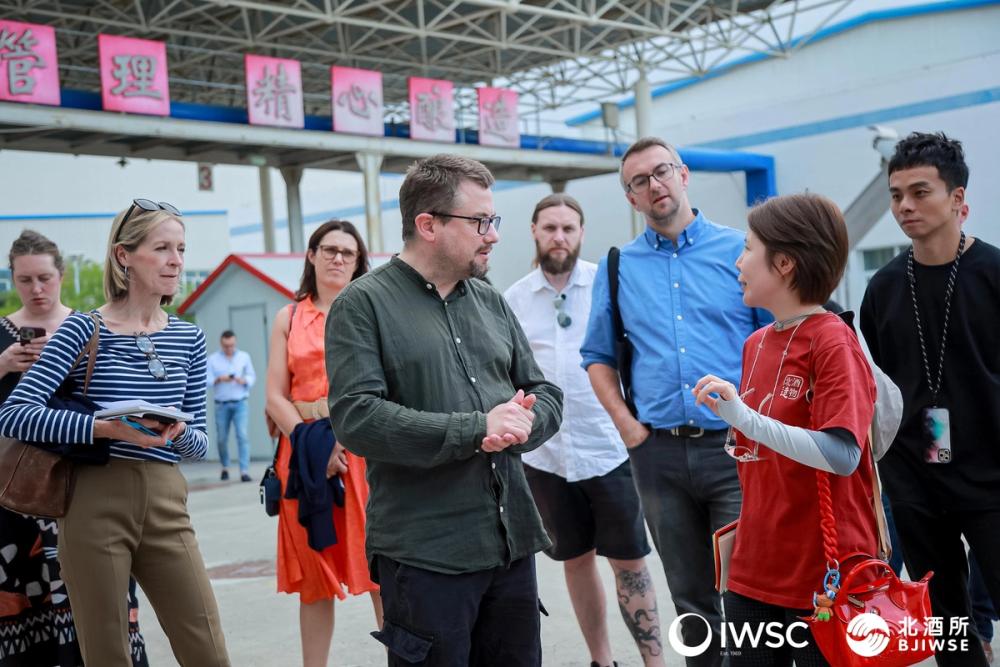
The judges included Chinese-based and international judges
Marselan also provided plenty of interest, as we expected it might given it’s a variety that’s widely planted and has been touted as a potential USP for China going forward.
High scoring whites
In terms of the whites, Chardonnay dominated the entries with the delicious Xinjiang Tiansai Skyline of Gobi Grand Reserve 2021 achieving a very well-deserved gold.There were also some lovely wines from Petit Manseng, Riesling and Viognier.
As Beth Kelly said: “It was often the whites where there was excitement and interest as the alcohol is more reasonable and there were interesting varieties and styles.”
Where some potentially lovely whites fell down was due to over-acidification.
One issue that cropped up time and again during winery visits, and also when the competition wines were unveiled at the end of the judging, was that of heavy bottles. There’s still a lingering sense of “the bigger and heavier the better” which seems horribly out of step with contemporary global thinking. It’s also something that could be addressed very easily.
First hand experience
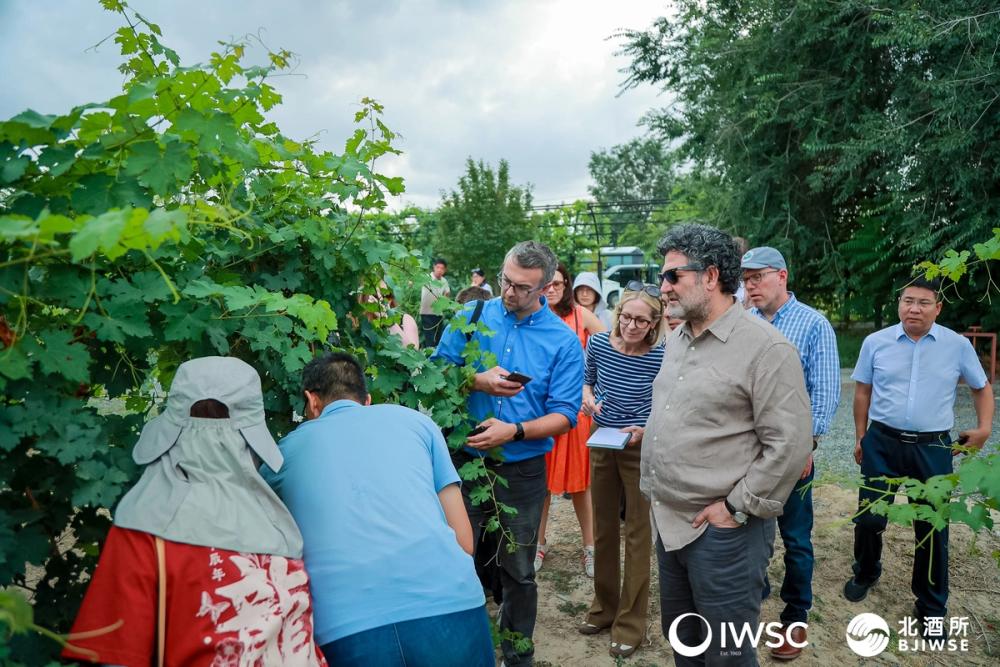
The judges had the chance to visit a number of local producers and travel to their vineyards
A big part of global judging is the opportunity it affords UK tasters to visit local producers and meet the people who actually make the wine. So once the judging was done, it was time to get out into the vineyards. Xinjiang produces about a quarter of all Chinese wine and boasts 135 wineries, half a dozen of which we visited: Citic Goan Vineyards, Chateau Xiang Hai, Tang Dung, Impression of Gobi, Huaxing and TangTing Xia Lu.
One of the highlights was our visit to Chateau Xiang Hai, a privately owned winery (as opposed to state-owned, which many are) whose first vintage was 2016. Here, as a deep red sun disappeared beneath the horizon, we were treated to an open-air supper complete with whole barbequed lamb – which I was given the honour of ceremoniously carving. There then followed an impromptu sing-along that turned into a sort of East-meets-West karaoke jam.
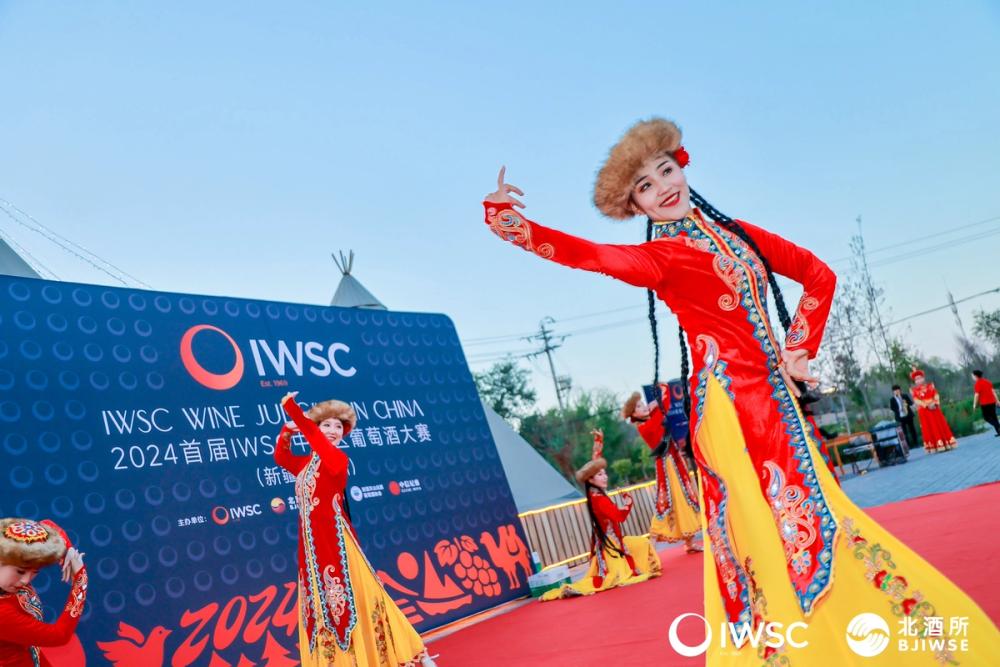
For very different reasons, our final night was also particularly memorable due to the sheer scale and spectacle of what we saw. We were taken to the Xinajiang Grand Theatre in Changji, an immense building reminiscent of the top half of a giant Terry’s Chocolate Orange. For 90 minutes we sat in awe as ice rinks appeared and disappeared, a dozen camels processed across the stage, ladies in white chiffon segwayed (is that a verb?) through the audience, and warrior-ridden horses galloped on giant running machines. I have no idea what it all meant but it was certainly spectacular.
Huge potential
China, and Xinjiang in particular, is a fascinating place. When it comes to wine, there’s a sense of huge potential that’s only just beginning to be realised. Although we tasted several very impressive wines throughout the course of the judging, in order to appeal to an increasingly young, adventurous and discerning domestic consumer, as well as the international export market that we as judges represent, those heavy bottles will certainly have to go. Equally, dialling down the use of new oak and seeking ways to bring more refreshment and refinement, especially to the reds, would benefit the wines enormously.
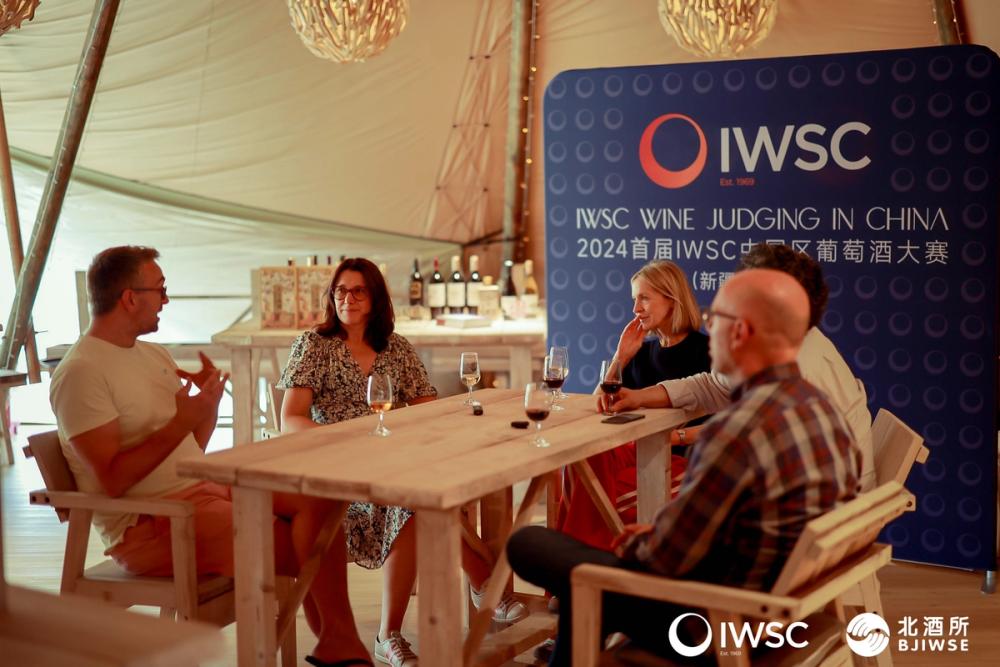
Christelle Guibert, centre, with some of the IWSC Chinese judging panel members
This is already happening to some extent in many of the more established Chinese regions. As Natalie Wang explained: “Though unfortunately a lot of the wines we tasted were very heavy bottle, traditional, oaky styles of wine, the leading producers coming out of China right now are making really elegant, well-crafted wines.”
It would be good to see more of these ‘new wave’ wines being entered in future years, and for the spread of wines to be more equally distributed across the country.
It’s hard not to feel Chinese wine is at a crossroads. And if the right path is chosen, judging this competition in the future could be the golden ticket.
- You can read more about IWSC’s judging trip to China here.
- The full list of medals from the inaugural IWSC Chinese judging trip can be found here.
































